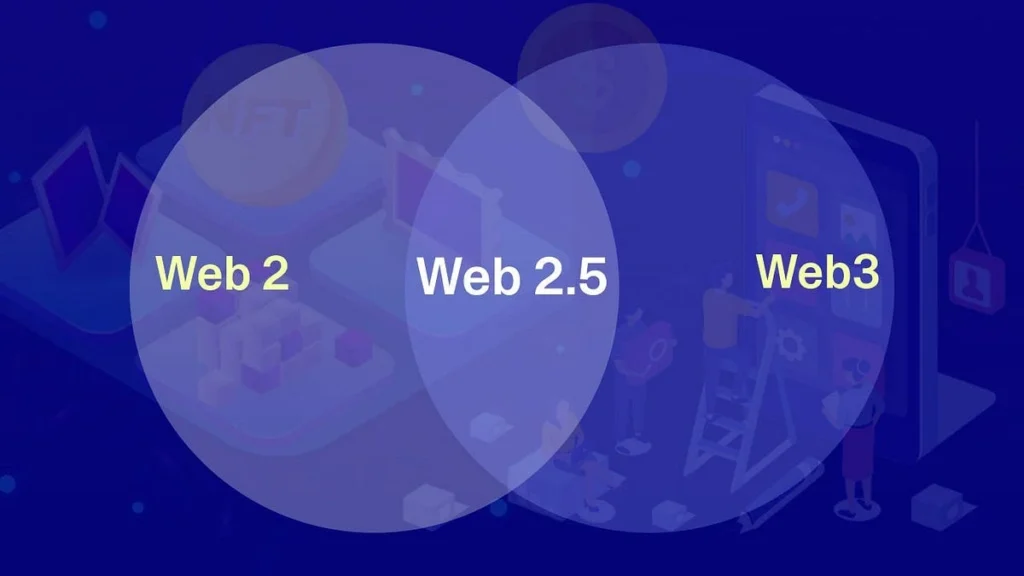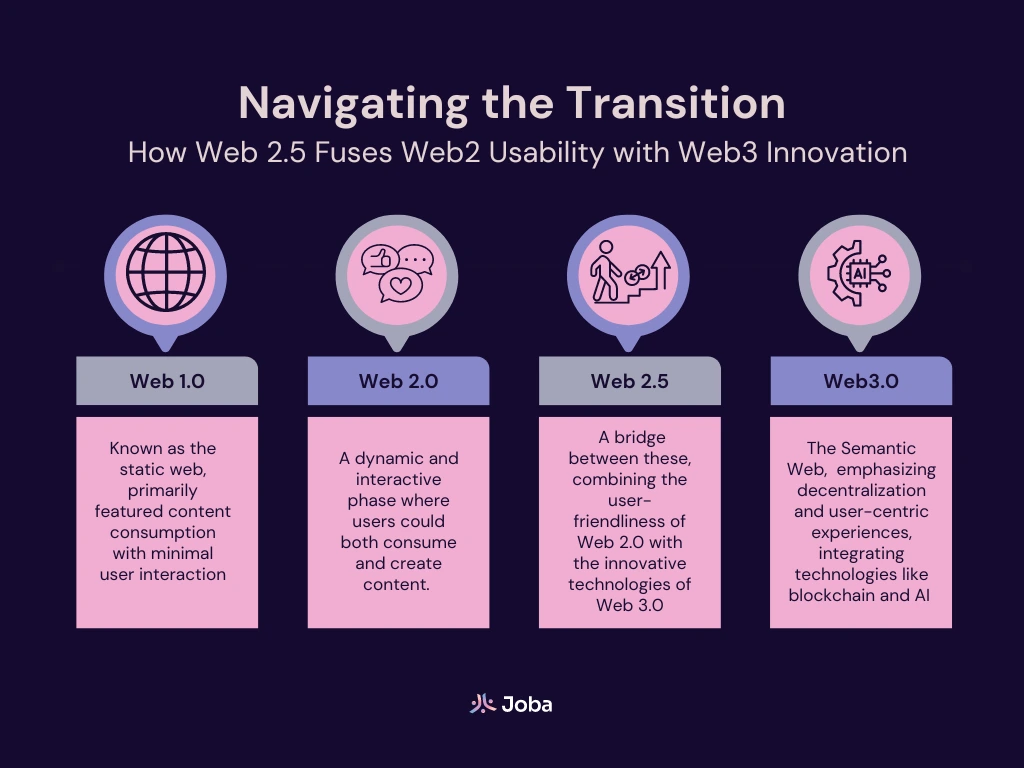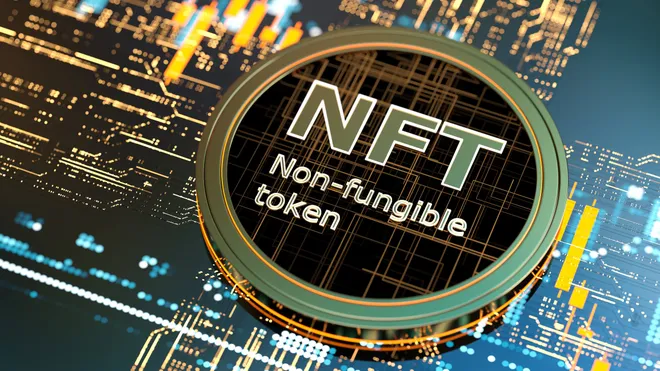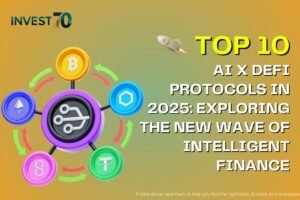Web2.5: A Technical Breakdown of the Bridge Between Web2 and Web3
The concept of Web2.5 is gaining traction — especially among platforms trying to introduce blockchain without alienating non-crypto users. But beyond the buzz, what does Web2.5 trend actually look like under the hood?
Let’s break down the architecture, integration patterns, real-world examples, and the technical pros and cons of Web2.5.
What Is Web2.5?
Definition:
Web2.5 is a hybrid model that integrates Web3 components (such as on-chain assets, wallets, and smart contracts) into Web2-style platforms with centralized infrastructure and traditional user experiences.
In short:
It’s the use of blockchain technology without forcing users to engage directly with wallets, gas fees, or unfamiliar interfaces.


Core Components of Web2.5 Trend in Architecture
- Frontend UX (Web2 Style):
- Standard Web2 technologies: React, Next.js, Vue.js
- User-friendly logins (email, social OAuth)
- Payments via fiat using Stripe, PayPal, etc.
- Backend (Hybrid Model):
- Traditional servers (Node.js, Python, etc.)
- APIs for account management and off-chain logic
- Interactions with smart contracts via Web3 libraries (e.g.,
ethers.js,web3.js)
- Blockchain Integration (Selective Exposure):
- Assets stored on-chain (NFTs, tokens)
- Backend or custodial wallet abstracts wallet interaction
- Blockchain networks: Ethereum, Polygon, Solana, etc.
- Custodial Wallets or Abstracted Wallet Layers:
- No direct wallet management by users
- Wallets generated and managed by platform (e.g., Magic.link, Web3Auth)


How Web2.5 Trend Works: Data & Flow Example
Scenario: Buying a Digital Collectible (NFT) on a Web2.5 App
- User signs up using email or Google account (OAuth).
- Backend creates a custodial wallet for the user, stored securely and linked to their account.
- User browses digital assets (e.g., collectibles, in-game items).
- User purchases with fiat (credit card via Stripe).
- Backend mints NFT to the user’s custodial wallet.
- Blockchain transaction is triggered on the platform’s behalf, recorded on-chain.


Why Web2.5 Trend Is Catching On
- Improved UX: Removes wallet setup and seed phrase friction.
- Lower Learning Curve: Users don’t need blockchain literacy.
- Faster Go-to-Market: Developers can launch with familiar tools, layering in Web3 gradually.
- Better Onboarding: Easier to convert Web2 users to blockchain-powered experiences.
Notable Web2.5 Use Cases
| Platform | Use Case | Web3 Element | Web2.5 Feature |
|---|---|---|---|
| Avatar marketplace | Polygon NFTs | No wallet needed; credit card checkout | |
| Starbucks Odyssey | Loyalty program | Blockchain rewards | Web2 UI with on-chain backend |
| Sorare | Fantasy sports gaming | NFT-backed player cards | Email login; fiat purchases |


Technical Tradeoffs & Challenges
- Custodial Ownership Concerns:
- Users may not fully “own” assets if the platform controls the wallet keys.
- Regulatory Gray Areas:
- Hybrid systems raise questions around custody, KYC/AML, and digital asset classification.
- Security Complexity:
- Dual surface area: must secure both centralized servers and blockchain contracts.
- Scalability:
- Onboarding large numbers of users via custodial wallets may become resource-intensive.
- Interoperability Limits:
- Without direct user wallets, interacting across dApps is limited or blocked entirely.
Who Should Build Web2.5?
- Startups testing crypto elements without fully decentralizing
- Brands offering digital collectibles or loyalty programs
- Games and creators experimenting with token economics
- Developers seeking smoother onboarding into Web3
Pro tip: If you’re building in Web2.5, invest early in abstraction tooling — like wallet-as-a-service, transaction relayers, and fiat onramps.

Conclusion: Is Web2.5 a Half-Step or a Smart One?
Web2.5 isn’t just a trend — it’s a reflection of current technical limitations and user readiness. While purists may dismiss it as “not real Web3,” its pragmatic value is hard to deny.
Whether it becomes a long-term model or just a bridge to full decentralization, Web2.5 is solving for adoption today — one abstraction at a time.
For developers and product teams, the real question isn’t “Is Web2.5 pure?” — it’s “Can it deliver value now?”
Relevant Link : Here




